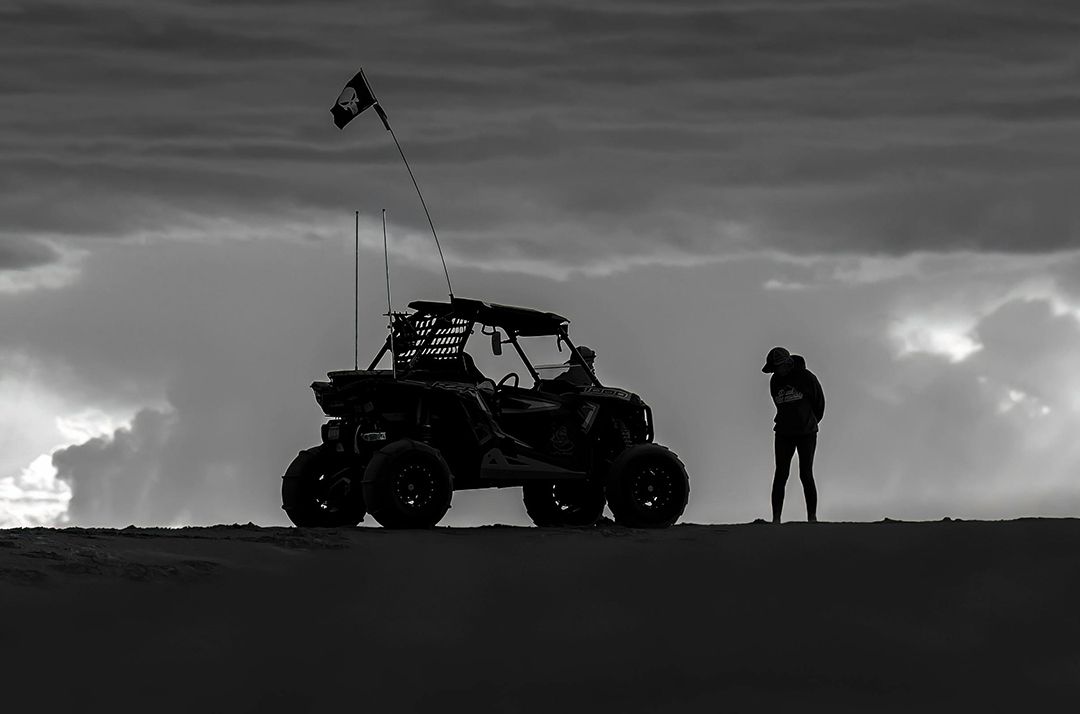For UTV owners, especially those new to off-road driving, knowing how to communicate without relying solely on technology can make a big difference in overall safety and ride enjoyment. When cell service is spotty or radios fail, hand signals, flags, and other tried-and-true techniques can keep everyone on the same page, prevent accidents, and ensure a smooth group ride.

Understanding Basic Communication Without Tech
Effective communication is crucial for UTV enthusiasts. Whether you’re guiding fellow riders through tight trails, signaling a hazard up ahead, or indicating a change in speed, old-school methods remain as relevant as ever. By mastering basic visual cues, you’re building a strong foundation for safer and more confident outings. Check out this introductory guide to UTV basics for more insights on how these vehicles operate and why communication is so important.
Common Issues Riders Face
- Difficulty Conveying Urgent Messages: When you’re tackling rugged terrain or maneuvering through crowded trails, you might need to warn fellow riders about sudden obstacles or upcoming turns. Without proper communication, such warnings can go unnoticed and lead to accidents.
- Misunderstood Hand Signals: A simple wave can mean “hello” to one person and “stop immediately” to another if there isn’t a standardized set of signals. Lack of clarity leads to confusion, which can escalate into unsafe situations on the trail.
- Limited Visibility in Certain Conditions: Dusty deserts, heavily wooded trails, and nighttime riding can reduce visibility. In these scenarios, relying on technology alone might fail. Clear hand signals or properly mounted flags can bridge communication gaps when sight lines are compromised.
Key Concepts and Essential Information for Communication Without Tech
Learning to “talk” in non-verbal ways is a skill that makes UTV adventures smoother and safer. Not only does it help you coordinate with other drivers, but it also ensures that everyone can anticipate each other’s actions. For further learning resources, explore more UTV communication insights to expand your knowledge.
- Establish a Standard Set of Hand Signals – Before hitting the trail, agree on universal motions like “stop,” “slow down,” “turn left,” or “obstacle ahead.” Consistency is key, so everyone understands what each signal means.
- Use Flags or Whips for Visibility – Tall flags or whip lights help other riders spot your UTV, especially in dunes or low-visibility conditions. High-contrast colors or blinking LED whips can quickly catch someone’s attention.
- Maintain a Clear Line of Sight – Whenever possible, position your UTV so your group can see each other. If you’re leading the pack, glance back every now and then to confirm signals are being acknowledged by those behind you.
- Have a Backup Plan – Even tried-and-true methods can fail in poor weather or thick dust. Set a predetermined stopping point or re-group plan so no one gets lost or misreads signals during the ride.
Getting Started with Communication Without Tech: A Beginner’s Guide
If you’re new to off-road adventures, taking the time to learn and practice these essential communication methods will pay off. For more in-depth advice, check out these UTV guides for beginners to elevate your understanding and confidence.
- Start Small and Practice: Rehearse basic hand signals with friends in a controlled environment. Practice makes perfect and prevents confusion once you’re out on the trail.
- Keep Your Signals Clear and Deliberate: Make sure your hand motions are visible and unambiguous. Don’t mix up signals or use excessive gestures that might be misread by others.
- Communicate Changes Early: If you plan to slow down, turn, or stop, signal well in advance. Abrupt moves can catch fellow riders off guard, risking collisions or close calls.
Developing Safe Practices and Essential Habits
Adopting consistent habits ensures your communication methods remain reliable:
- Always double-check your group’s understanding of commonly used signals before setting off.
- Keep flags or whips in good condition, ensuring they’re securely mounted and visible in most riding scenarios.
- Encourage a “group mentality,” where each rider looks out for the safety of others by promptly passing signals along and maintaining awareness of those behind them.
Seeking Further Knowledge and Professional Guidance on UTV Communication
There may be times when professional assistance or structured training can fill gaps in your off-road knowledge. If you’re unsure about advanced signaling methods or want expert feedback, consider seeking professional UTV instruction. They can tailor lessons to your specific terrain and riding style for a more seamless communication experience.
Disclaimer: The information provided here is for general guidance. Always consult your UTV’s manual and qualified professionals for advice specific to your vehicle and terrain conditions.
Key Takeaways for New UTV Owners
Effective communication without modern technology is not just a throwback—it’s a necessary skill that keeps you and your riding partners safe. Whether it’s hand signals or high-visibility flags, every tool you use can reduce confusion and minimize risk. As you build confidence in these methods, you’ll find yourself better equipped to handle unexpected situations and enjoy a more cohesive, memorable off-road experience.
